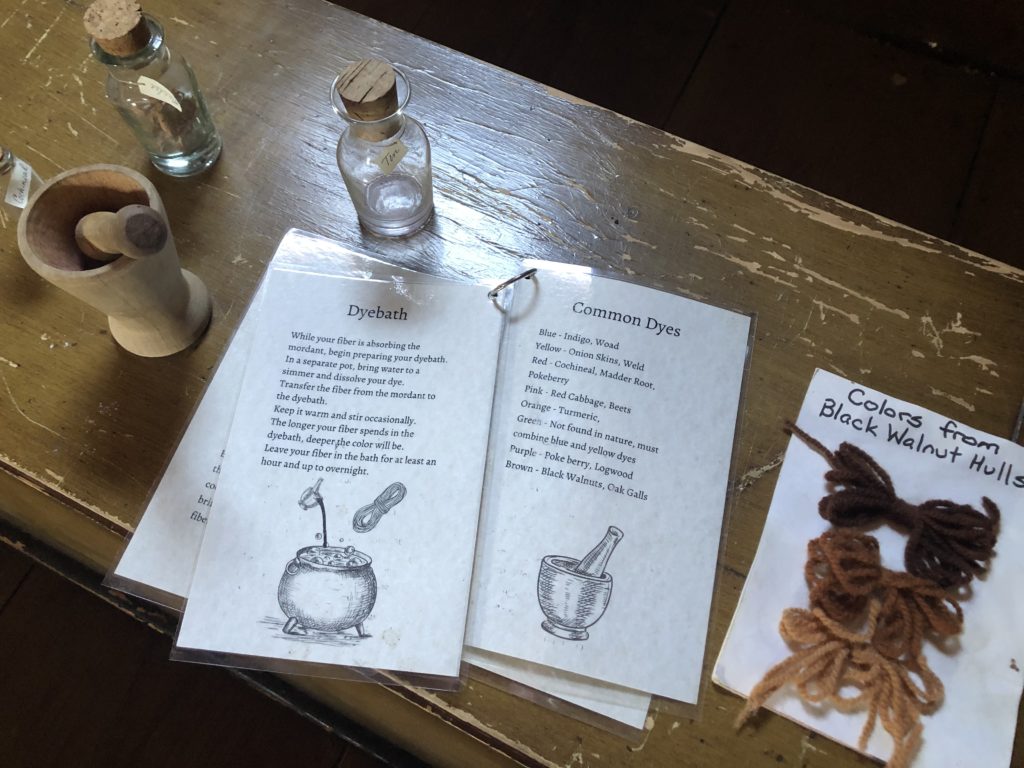Chesapeake Country’s Hidden History

By Meg Walburn Viviano, CBM Editorial Director
History gets a bad rap. I suspect social studies classes are to blame—full of dates, wars, and geographical regions that you will be tested on later.
For those who aren’t so good with retaining dates and other minute facts (guilty!), it’s easy to feel detached and disengaged from the history that unfolded right under our own feet in Chesapeake Country.
If done right, local history lessons can bring the past to life, prompting us to look at our everyday surroundings in a brand new way.
Like many people, I exercise on the B&A Trail (some two million people per year visit the county’s trails, per Friends of Anne Arundel County Trails). But how many cyclists, walkers and joggers stop at the mustard-yellow ranger station at Earleigh Heights for a water break without realizing the building was once called Frost’s Store, and it was built in 1889, just two years after the adjacent railroad began running steam engines? Most probably don’t realize that the Baltimore & Annapolis Railroad, whose right-of-way we bike on today, was the primary mode of transportation between those two cities—or that the railroad’s presence was the genesis for almost all of the communities on the Broadneck peninsula.
History is similarly sneaky in South County. A hidden gem of a state park, Franklin Point, holds untapped potential for public recreation. But viewed from the above, it’s revealed that Franklin Point was once a private airport with a flight school operating out of it.
And in Solomons, people commute regularly between the island and St. Mary’s County, probably without giving it much thought. But before the Gov. Thomas Johnson Bridge over the Patuxent River was built in the 1970s, a workboat or ferry was the only direct route. Less than 50 years ago, children in Solomons still traveled to St. Mary’s County by boat to go to school every day.
These drastic “then and now” historical differences give us perspective on how people in the Bay region used to live. Thankfully, there is a vast collection of sites, programs, and organizations devoted to preserving Chesapeake Country history. In this week’s issue of Bay Weekly, we look at two particularly significant examples.
This week, archaeologists announced a discovery that is arguably the most important site in the history of Maryland’s colonization. St. Mary’s Fort, the very first thing European settlers constructed upon arrival here, has been located in Historic St. Mary’s City after various historians spent nearly 90 years hunting it down. The artifacts that will someday be found there will reveal new information about colonial life. But archaeologists will also focus on the surrounding indigenous sites to uncover their stories, too—stories that go much further back than the 1634 colonists’ arrival. We talk to the archaeologist who has spent years hoping to make this find (https://chesapeakebaymagazine.com/md-s-first-settlement-site-discovered-after-90-years-searching/).
Further north, Historic London Town celebrates a milestone of its own—the 50th anniversary of its mission of bringing the colonial era to life. The South River site was briefly a flourishing port, but held more sinister chapters, too. In our cover story (https://bayweekly.com/colonial-marylands-complicated-history/) we look at London Town’s legacy and how devoted history buffs are keeping it alive.
Here in the Chesapeake region, history is right under our noses, and there are fascinating ways to discover it. And unlike in social studies class, there will be no quiz later. Just a fresh perspective on where we live.
